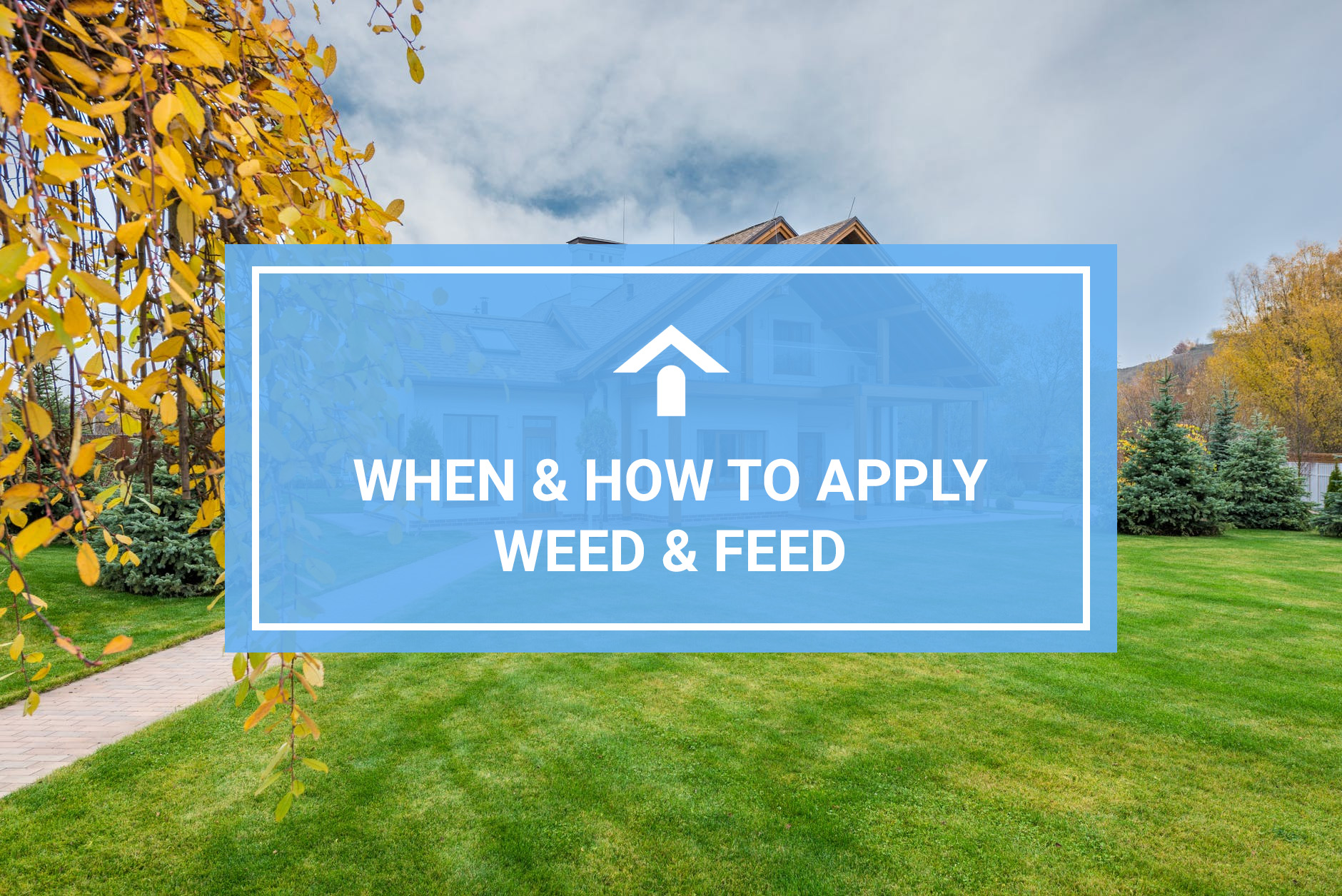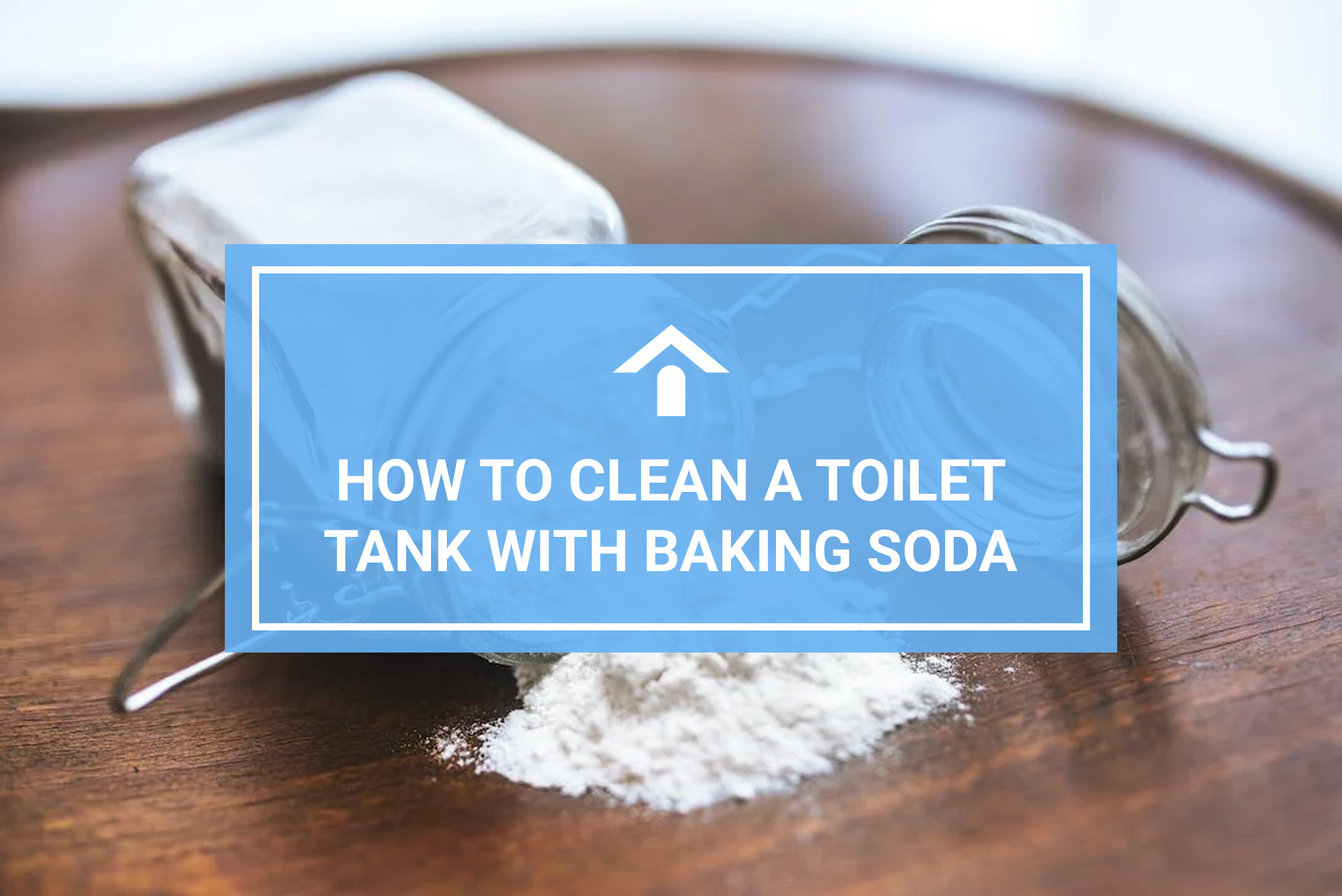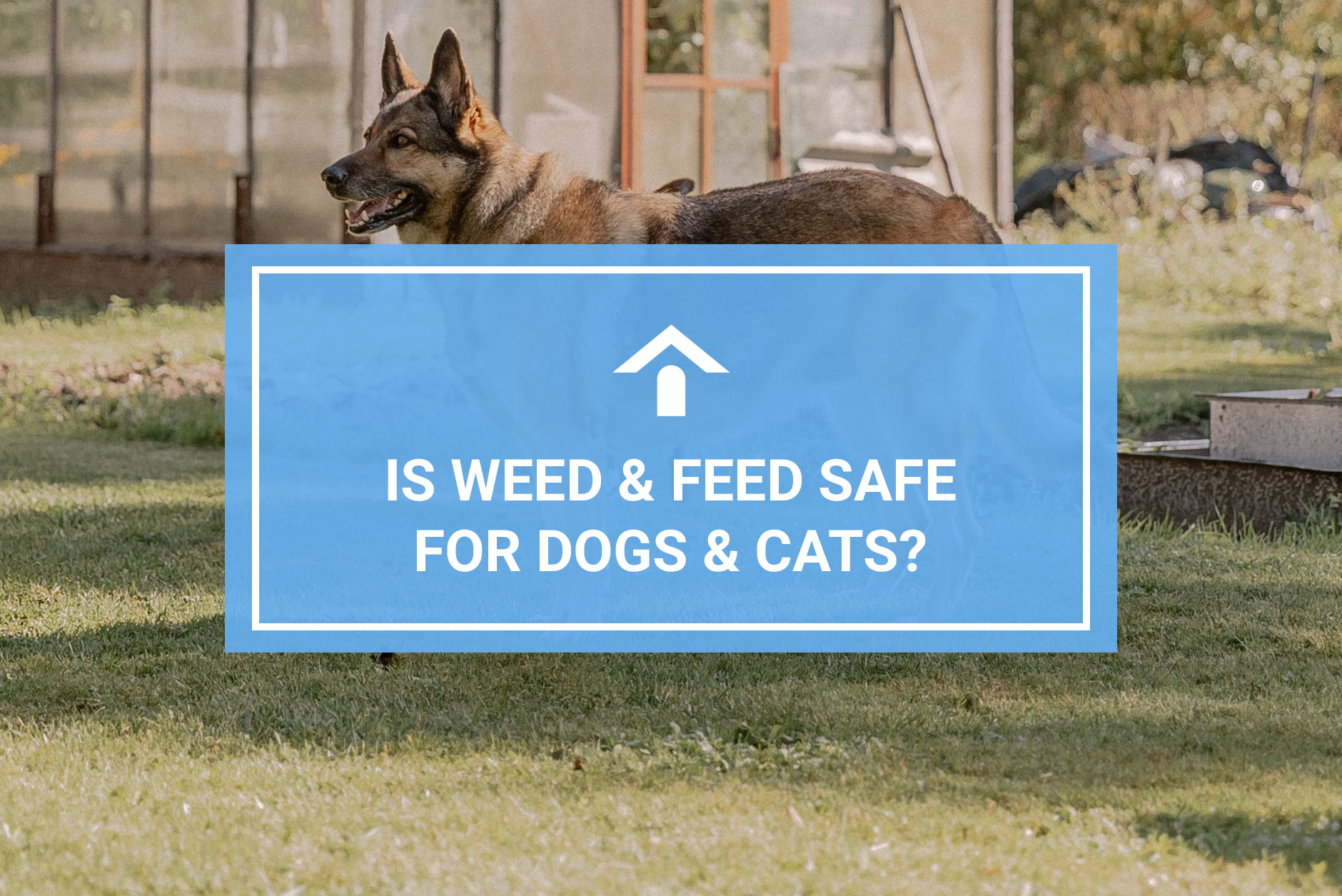Weed and Feed is a popular type of lawn care supplement that is applied to your lawn to help control weeds, feed the soil, and make your yard look better. If you’re in pursuit of a beautiful, weed free lawn, then weed and feed may be the right product for you. However, there are some things you should know before applying it! We have put together this blog post with all the information you need about weed and feed so you can decide when and how best to use the supplement for your yard.
What Is Weed And Feed?
Weed and feed is a type of lawn care product that includes both fertilizer for grass growth, as well as weed killer for weed control. This combination can be beneficial to the health of your lawn, but it’s important to know what you are buying or using before applying it yourself.
Many weed and feed products are available as either granules or liquid form, which makes them easy to apply. However, it’s important to read the directions carefully in order to avoid damaging your lawn. Over-application of weed and feed can cause fertilizer burn, which will yellow and brown your grass. So be sure you are using the recommended amount for your particular type of lawn!
How Does Weed & Feed Work?
When you compare weed and feed with other fertilizers or, it can be a little hard to understand exactly how this product works. Weed and feeds are designed to kill weeds in your lawn but not the actual existing grass or plants that make up your yard. The fertilizer kills off all of the weeds without damaging the roots from your grass because they have been treated with an herbicide before being sold at grocery stores, hardware stores, big box retailers, etc. This is why when using a weed and feed product on a regular basis you should never use one that does not have any sort of pre-emergent herbicides included in its formulation – these products will damage your beautiful green lawn by killing off whole patches!
One last note on how weed and feed works: it’s important to remember that this type of fertilizer should not be used as a replacement for regular watering or mowing. You should continue to water and mow your lawn on a regular basis.
Pre-Emergent Vs. Post-Emergent Weed & Feed
There are two types of weed and feed: pre-emergent and post-emergent. Pre-emergent weed and feed is used before the weeds have sprouted, while post-emergent weed and feed is used after the weeds have already sprouted.
Pre-emergent weed and feed typically contains a herbicide that kills weeds before they can grow. It’s important to apply it correctly, or you could end up killing your lawn too. Post-emergent weed and feed contains a different herbicide that kills existing weeds. It’s less likely to harm your lawn, but it’s also less effective at preventing new weeds from growing.
Which one you choose depends on what kind of weeds you have in your lawn.
Pre-Emergent Weed & Feed
Pre-emergent weed and feed is a product that can be used to help control weeds before they even have a chance to grow. It’s important to apply it at the right time, though, or you could end up doing more harm than good.
The best time to use pre-emergent weed and feed is usually right after the first frost of the year. This will kill any existing weeds and prevent new ones from sprouting. If you live in a warmer climate, you may need to apply it earlier in the season. Be sure to read the label carefully to make sure you’re using it at the right time for your area.
Using pre-emergent weed and feed can help keep your lawn healthier and cleaner. It can even help you save money by reducing the amount of time spent removing weeds from your yard each year! Now that’s a great benefit for your lawn care routine.
Post-Emergent Weed & Feed
Post-emergent weed and feed is used to control weeds after they’ve grown. Post-emergent weed and feed is a weed and feed product that is applied to the soil, not on top of your grass. It kills both listed and unlisted weeds as well as broadleaf weeds by using two active ingredients: dithiopyr which will kill seedling winter annuals such as crabgrass, goosegrass, foxtails, etc., or trifluralin which prevents new seeds from germinating for up to four months after it has been applied. These types of products should be used during late summer/early fall because they can injure warm-season grasses if temperatures are high enough (> 85 degrees F).
How To Apply Weed And Feed
Many homeowners don’t know how to apply weed and feed, but with this step-by-step guide you will be able to do just that. A common misconception is that people think they need a separate application for weed control versus feeding (fertilizing) the lawn or yard. While applying both treatments at once can save time it’s important not to overdo the fertilization .
The first step is to identify the type of weed and feed you are using. Once you have that information, read the instructions carefully so that you know how much product to apply . A general guideline is about two pounds per 1000 square feet for both weed control and feeding purposes. Be sure to calibrate your spreader before starting to avoid over or under application.
Next, mow the lawn short before treatment – this will help the weed and feed product get down into the soil where it can be effective. Apply the product evenly across your entire yard , making sure not to miss any spots; a broadcast spreader works best for this job. Finally, water deeply after treatment . This will help activate the weed and feed and ensure that it is taken into the root zone of your plants where it can work most effectively.
When Should You Apply Weed & Feed?
Start by looking at the instructions on your product. This will give you a clear time frame for when to start applying it. In general, you will want to apply weed and feed in late spring or early summer (though early spring can work as well). This will give your lawn a boost of nutrients that will help it stay healthy all season long. Weed and feed should be applied no more than twice a year. So, if you apply weed and feed in the spring or early summer, you can apply again in the fall. Applications should be at least two months apart.
You do not want to apply weed and feed in the winter. This is because the products will not work as well in cold weather. In addition, you could damage your lawn if you apply when the ground is frozen or covered in snow.
If you are unsure when to start, reach out to your local nursery or garden center for advice. They can help you choose the right time frame for your specific region and climate. By following their tips, you can ensure that your lawn looks great all year long!
When Is It Too Late To Use Weed & Feed?
As previously mentioned, you do not want to apply weed and feed in the winter when the ground is frozen. So, when is it officially too late to use weed and feed?
The latest you can apply weed and feed is the end of September. By October, the ground has usually cooled down enough that applying weed and feed would not be effective. Applying it any later than September could also lead to damage from frost heave. Frost heave is when the frozen ground pushes up pieces of pavement or other structures on top of it. This can cause a lot of damage, so make sure to avoid it by sticking to the September deadline. If September has passed, you’ll want to wait until early spring rolls around again to consider feed application.
The Best Weed & Feed Products
There are a few weed and feed products that we recommend for homeowners. These three have shown to be the best options on the market, so you know they will give your lawn great results.
Scotts Turf Builder Weed & Feed is an excellent choice because it can target up to 250 types of weeds, including dandelions! You don’t want to use this product if you live in Maryland or Washington D.C., however; these areas require different weed control measures due to climate differences.
Another good option is Bioadvanced Complete Insect Killer & Turf Granules. This granule formula kills over 200 listed insects, which helps prevent infestations before spring comes around again.
The third and final product we recommend is Spectracide Weed Stop for Lawns Concentrate. This concentrate kills over 250 types of weeds, so it’s a great choice if you have a lot of weed problems.
To promote healthy grass, make sure that the product is compatible with your grass type, and follow all safety precautions. Applying weed and feed can be tricky business, but with these products, you’re guaranteed to see excellent results!
Reasons Weed & Feed May Not Have Worked
Weed and feed products are supposed to make your lawn look great by killing the weed and feeding the grass at the same time. However, there are several reasons why this type of product may not have worked for you.
One reason is that you may not have applied it correctly. Post-emergent weed and feed should be applied when the weeds are actively growing, so you may need to wait until next year to try it again.
Another possibility is that your lawn is resistant to weed and feed products. If this is the case, you can try a different product or consult with a professional about other options.
Finally, weed and feed products only work on certain types of lawns. If your lawn is mostly made up of weeds, then using a weed and feed product is not going to help. In this case, you may need to reseed your lawn or take other steps to get it back in good shape.
No matter what the reason, if weed and feed did not work for you, there are still several things you can do to improve your lawn.
Safety Considerations When Applying Weed And Feed
Because you’ll be working with chemicals, there are a few safety best practices you can utilize when applying weed and feed to your lawn. Wear clothing to protect your skin from the chemicals. You’ll want to wear long pants, long sleeves, and gloves.
Be careful not to spray weeds while people are standing on the grass. Make sure the container is closed when you set it down so children don’t accidentally get into it.
When using weed and feed, always be aware of the wind direction and how the product will affect other plants, as well as, your neighbors lawns.
Do not use weed and feed near water features or areas where children or pets play. You should also avoid spraying weed and feed on hot days, as it can cause skin irritation.
Take care when handling and applying weed and feed. By following these simple safety tips, you can avoid any potential problems and enjoy a healthy lawn!
Frequently Asked Questions About Weed And Feed
Still have more questions about weed and feed? We’ve covered some of the most common weed and feed questions below.
What If You Apply Too Much Weed And Feed?
If you’ve accidentally applied too much weed and feed, don’t worry – there are a few things you can do to remedy the situation.
First, try watering the area thoroughly. This will help to dilute the weed and feed and may be enough to correct the problem.
If watering doesn’t work, you can also try mowing the lawn. The blades of grass will help to break up the fertilizer granules and distribute them more evenly.
Finally, if both of those methods fail, you can always rake up the excess fertilizer and reapply it at a lower rate. Just be sure to read the product label carefully so that you don’t overdose your lawn again!
Do I Need To Mow The Lawn Before Applying Weed & Feed?
It depends. The answer to this question really just comes down to preference. If you’ve got a thick lawn with an even growth, it will probably be okay if you apply weed and feed without mowing first. But for the best results, we would recommend mowing the lawn as low as possible without scalping it.
Scalping is when you raise up all of those leaves and clippings from mowing, allowing them to be caught by the wind and scattered about your yard. That can leave a lot of weed seeds on top of the ground where they will grow new weeds!
Bag all grass clippings or rake up any that end up in places that don’t need treatment (for example: flower beds). This step isn’t required but again, it just helps prevent more weeds from popping up.
Water deeply for at least 12 hours before you apply weed & feed . You want to make sure there are no dry spots so every area gets treated evenly.
Apply weed and feed in the early morning or evening when it’s cool out – that way, you won’t have to wait as long for the product to dry before you can walk on your lawn again.
Follow the instructions on the package of weed and feed . Different products will call for different feed application rates, so be sure to read carefully!
How Long Should I Stay Off The Lawn After Applying Weed & Feed?
Lawn care experts recommend staying off the lawn for 24 hours after applying weed and feed. Most weed and feed products are not safe for pets and children. It’s important that children stay off the grass during this time because they may mistake moist spots as puddles or small ponds. If pets spend a lot of time outdoors it’s advised to keep them indoors so their paws don’t get stuck in the soggy ground of the wet lawn either. Keeping all animals and children inside eliminates the risk of accidentally ingesting chemicals. After the 24-hour waiting period, it’s safe to go back outside and enjoy your beautiful lawn!
When Should I Water My Lawn After Applying Weed & Feed?
You’ll want to water your lawn within 24 hours of applying weed and feed. Be sure to give your lawn a good soaking, saturating the soil at least six inches deep. You may need to water more than once, depending on how dry your soil is. Don’t wait until your lawn is thirsty; watering regularly will help it absorb the weed and feed evenly and reduce runoff.
If you’re not sure how much water to give your lawn, use this guide: For every 1000 square feet of lawn, apply 0.75-0.85 gallons of water using a sprinkler or oscillating nozzle. If you have an irrigation system, set it for three minutes per zone. Make sure the entire area being irrigated is evenly moist.
Is It Safe To Use Grass Clippings For Compost After Weed & Feed Has Been Applied?
It is safe to use grass clippings for compost after weed and feed has been applied. The fact of the matter is that most weed killers are not designed to leave any harmful residue in your garden, which means it will be okay if you want to put them into a composter before adding them back into the soil. While there may still be some residual chemicals within the grass clippings, they won’t harm anything unless they’re being eaten by animals or people who are eating something directly from your yard! Weed & Feed products can make great compost materials because they contain nitrogen rich nutrients that can be used as a soil amendment.
Does Property Location Matter When Selecting A Weed & Feed Product?
Property location does matter when choosing a weed and feed product. Weed & Feed is not used for every kind of grass, because the plants themselves need different things to thrive! For example: some lawns require more nutrients or water than others do. Also, certain weeds will only grow in specific types of soil with different amounts of shade/sunlight exposure. The best way to find out how your yard requires assistance from a weed and feed treatment is by speaking with a local nursery about what they recommend!
Should A Professional Be Hired To Apply Weed & Feed?
There are benefits to hiring a professional lawn service for weed and feed application. A professional will know how much product you need, where to apply it, and what areas are most important for application. By hiring a professional, you can ensure that your lawn is getting the best possible care.
If you are confident in your lawn care abilities, you can apply weed and feed on your own without a professional to save some money.
Final Thoughts On Weed & Feed
Weed & Feed is a great way to promote healthy grass, so that your lawn looks its best! It’s an effective weed preventer that doubles as a fertilizer. Applying it correctly, with the help of a professional or by following instructions carefully, will give you the best results. Be sure to read all safety precautions before using this product and follow them closely for the healthiest lawn possible. Thanks for reading!






